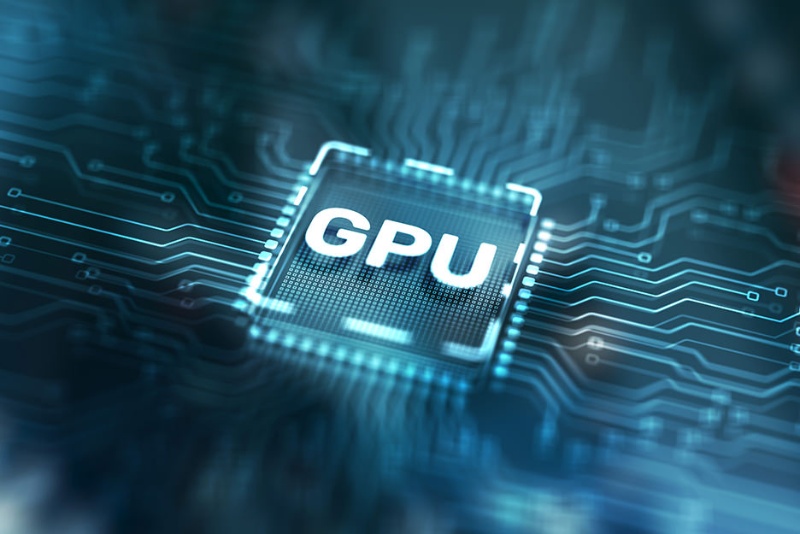1. Introduction: TensorFlow’s GPU Revolution – and Its Hidden Tax
Getting TensorFlow to recognize your A100 feels like victory… until you discover 68% of its 80GB VRAM sits idle. While TensorFlow democratized GPU acceleration, manual resource management costs teams 15+ hours/week while leaving $1M/year in cluster waste. The solution? WhaleFlux automates TensorFlow’s GPU chaos – transforming H100s and RTX 4090s into true productivity engines.
2. TensorFlow + GPU: Setup, Specs & Speed Traps
The Setup Struggle:
bash
# Manual CUDA nightmare (10+ steps)
pip install tensorflow-gpu==2.15.0 && export LD_LIBRARY_PATH=/usr/local/cuda...
# WhaleFlux one-command solution:
whaleflux create-env --tf-version=2.15 --gpu=h100
GPU Performance Reality:
| GPU | TF32 Performance | VRAM | Best For |
| NVIDIA H100 | 67 TFLOPS | 80GB | LLM Training |
| RTX 4090 | 82 TFLOPS (FP32) | 24GB | Rapid Prototyping |
| A100 80GB | 19.5 TFLOPS | 80GB | Large-batch Inference |
Even perfect tf.config.list_physical_devices('GPU') output doesn’t prevent 40% resource fragmentation.
3. Why Your TensorFlow GPU Workflow Is Bleeding Money
Symptom 1: “Low GPU Utilization”
- Cause: CPU-bound data pipelines starving H100s
- WhaleFlux Fix: Auto-injects
tf.dataoptimizations + GPU-direct storage
Symptom 2: “VRAM Allocation Failures”
- Cause: Manual memory management on multi-GPU nodes
- WhaleFlux Fix: Memory-aware scheduling across A100/4090 clusters
Symptom 3: “Costly Idle GPUs”
*”Idle H100s burn $40/hour – WhaleFlux pools them for shared tenant access.”*
4. WhaleFlux + TensorFlow: Intelligent Orchestration
Zero-Config Workflow:
python
# Manual chaos:
with tf.device('/GPU:1'): # Risky hardcoding
model.fit(dataset)
# WhaleFlux simplicity:
model.fit(dataset) # Auto-optimizes placement across GPUs
| TensorFlow Pain | WhaleFlux Solution |
| Multi-GPU fragmentation | Auto-binning (e.g., 4x4090s=96GB) |
| Cloud cost spikes | Burst to rented H100s during peaks |
| OOM errors | Model-aware VRAM allocation |
| Version conflicts | Pre-built TF-GPU containers |
*Computer Vision Team X: Cut ResNet-152 training from 18→6 hours using WhaleFlux-managed H200s.*
5. Procurement Strategy: Buy vs. Rent Tensor Core GPUs
| Option | H100 80GB (Monthly) | When to Choose |
| Buy | ~$35k + power | Stable long-term workloads |
| Rent via WhaleFlux | ~$8.2k (optimized) | Bursty training jobs |
*Hybrid Tactic: Use owned A100s for base load + WhaleFlux-rented H200s for peaks = 34% lower TCO than pure cloud.*
6. Optimization Checklist: From Single GPU to Cluster Scale
DIAGNOSE:
bash
whaleflux monitor --model=your_model --metric=vram_util # Real-time insights
CONFIGURE:
- Use WhaleFlux’s TF-GPU profiles for automatic mixed precision (
mixed_float16)
SCALE:
- Deploy distributed training via WhaleFlux-managed
MultiWorkerMirroredStrategy
SAVE:
*”Auto-route prototypes to RTX 4090s ($1.6k) → production to H100s ($35k) using policy tags.”*
7. Conclusion: Let TensorFlow Focus on Math, WhaleFlux on Metal
Stop babysitting GPUs. WhaleFlux transforms TensorFlow clusters from cost centers to competitive advantages:
- Slash setup time from hours → minutes
- Achieve 90%+ VRAM utilization
- Cut training costs by 50%+

